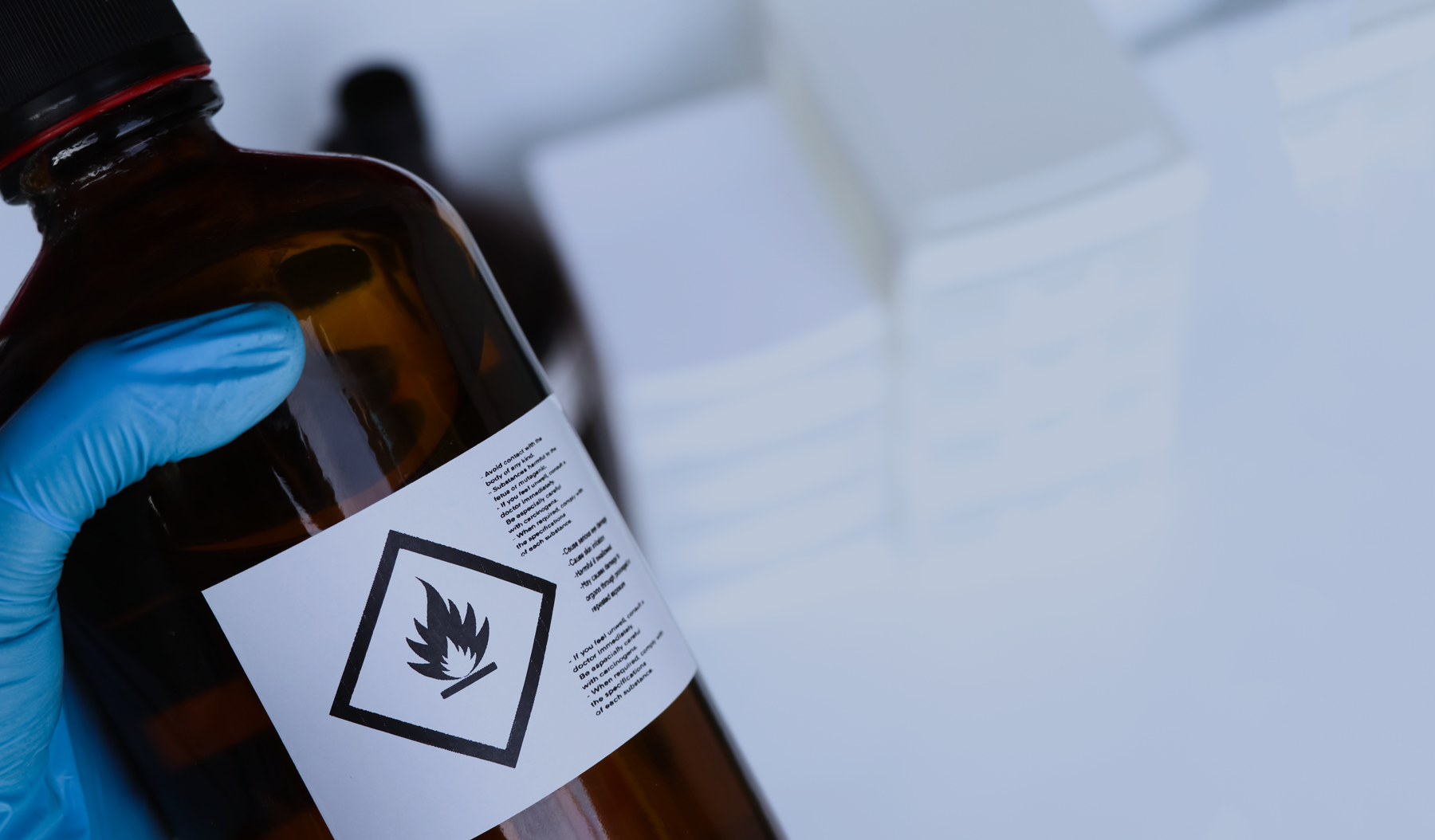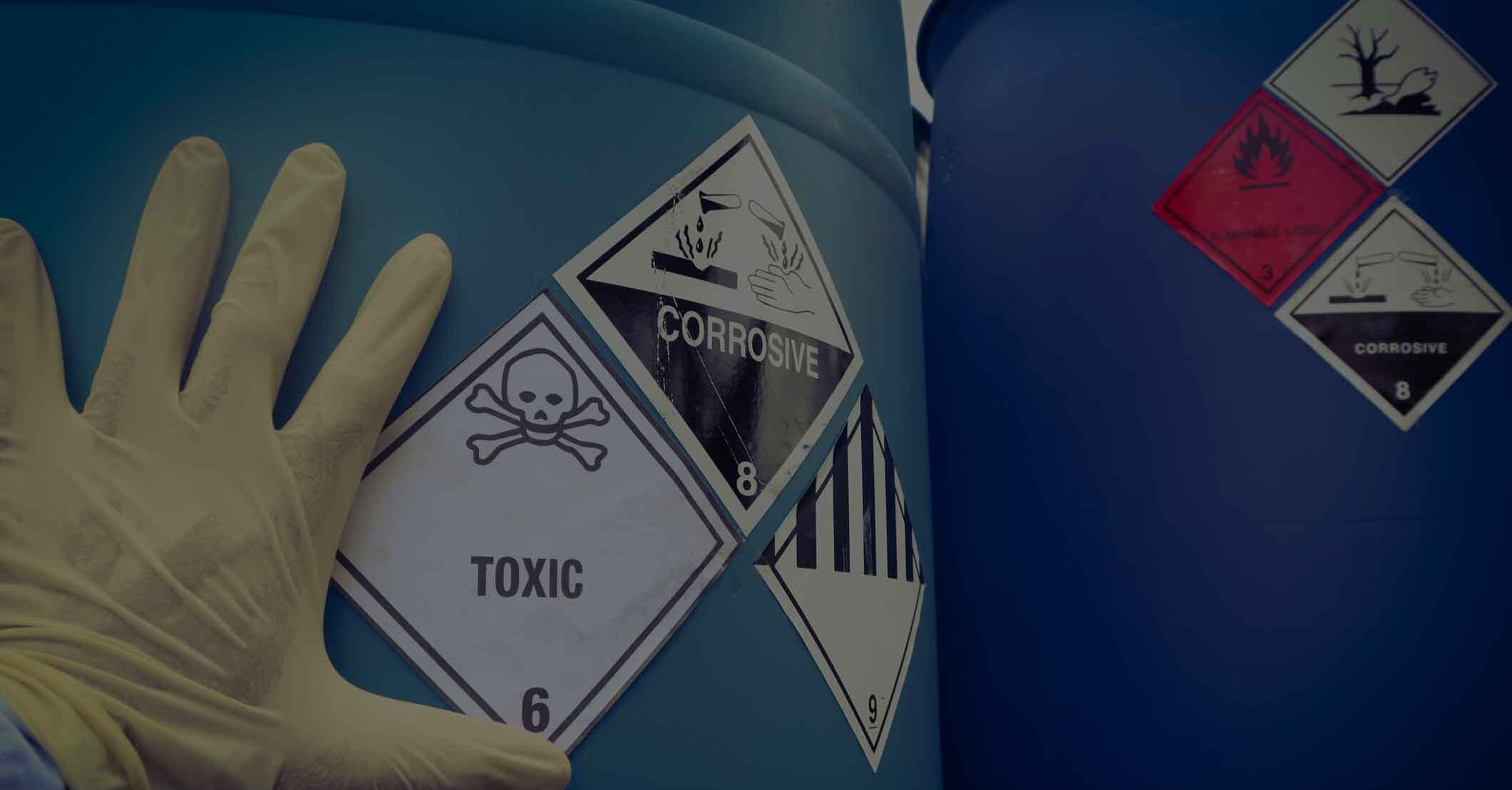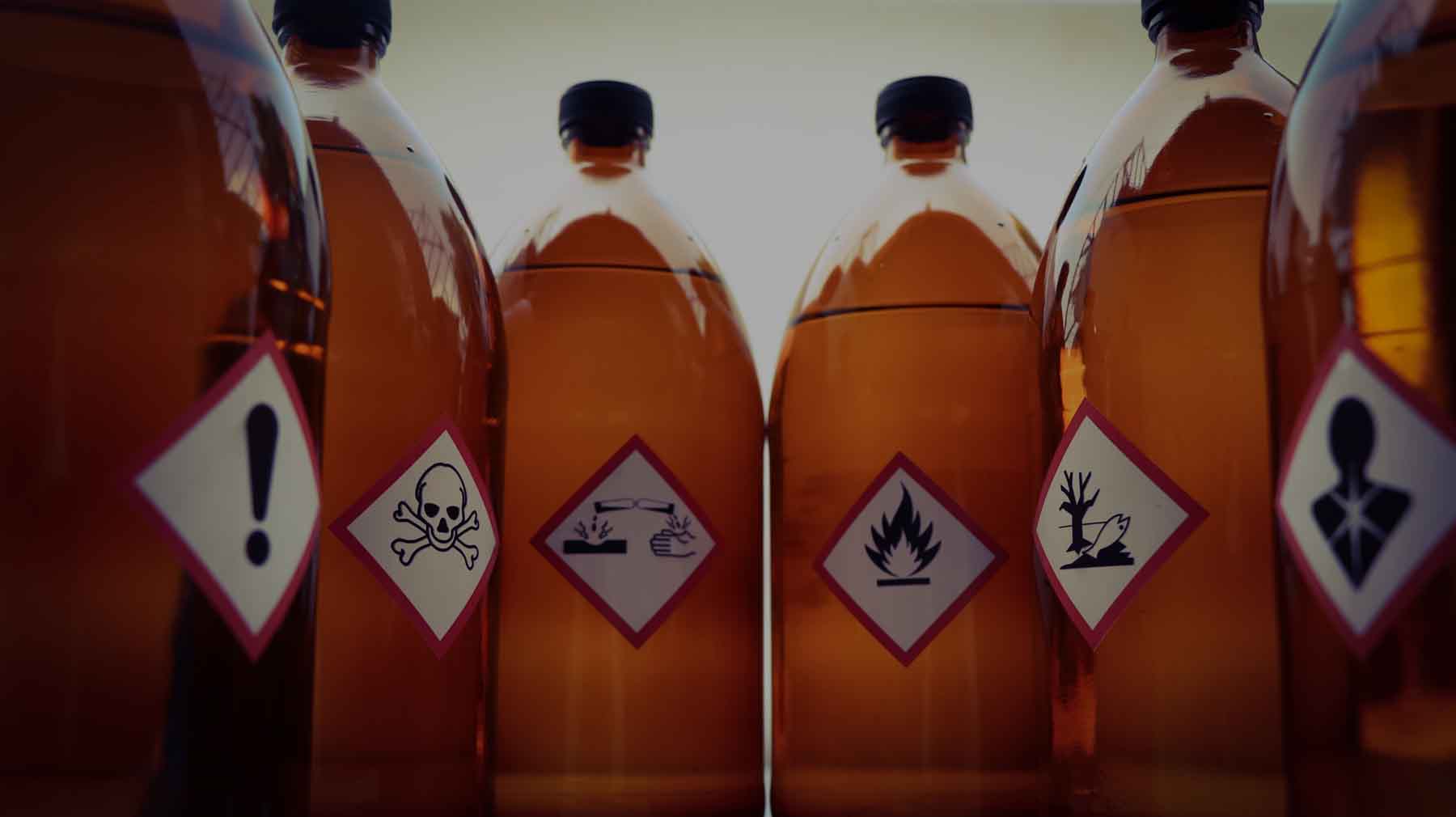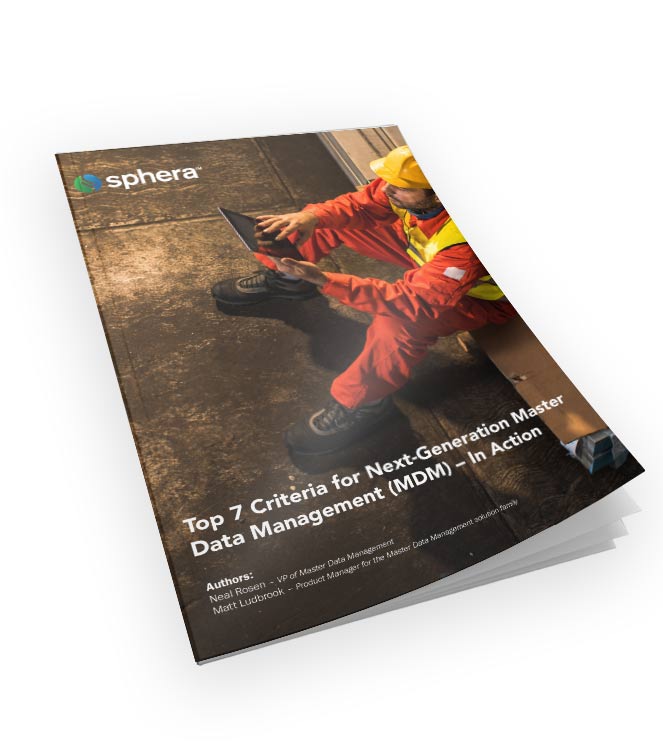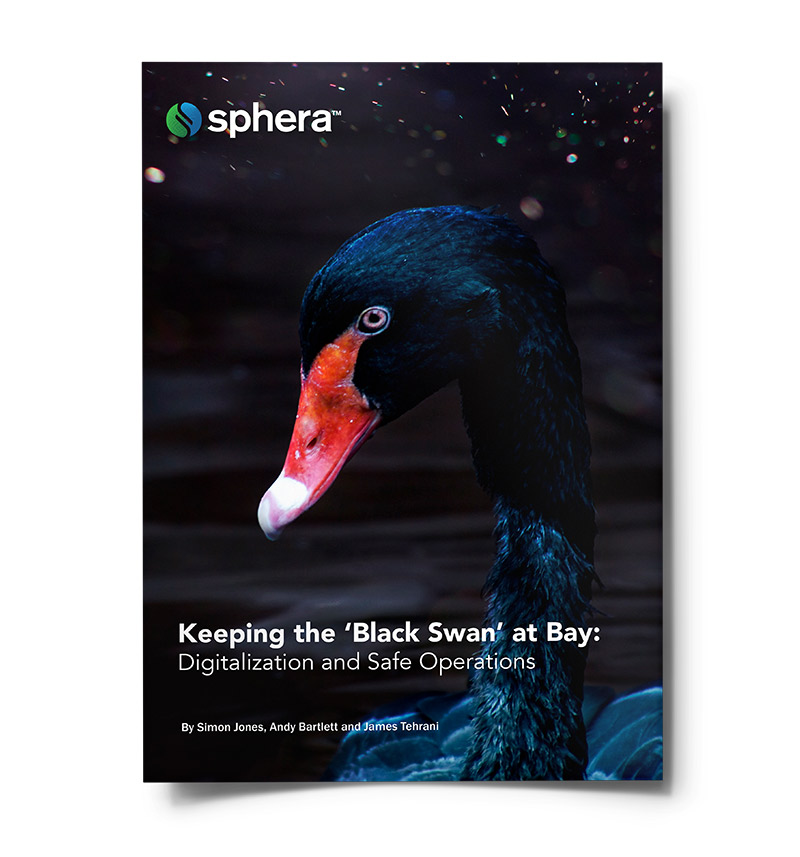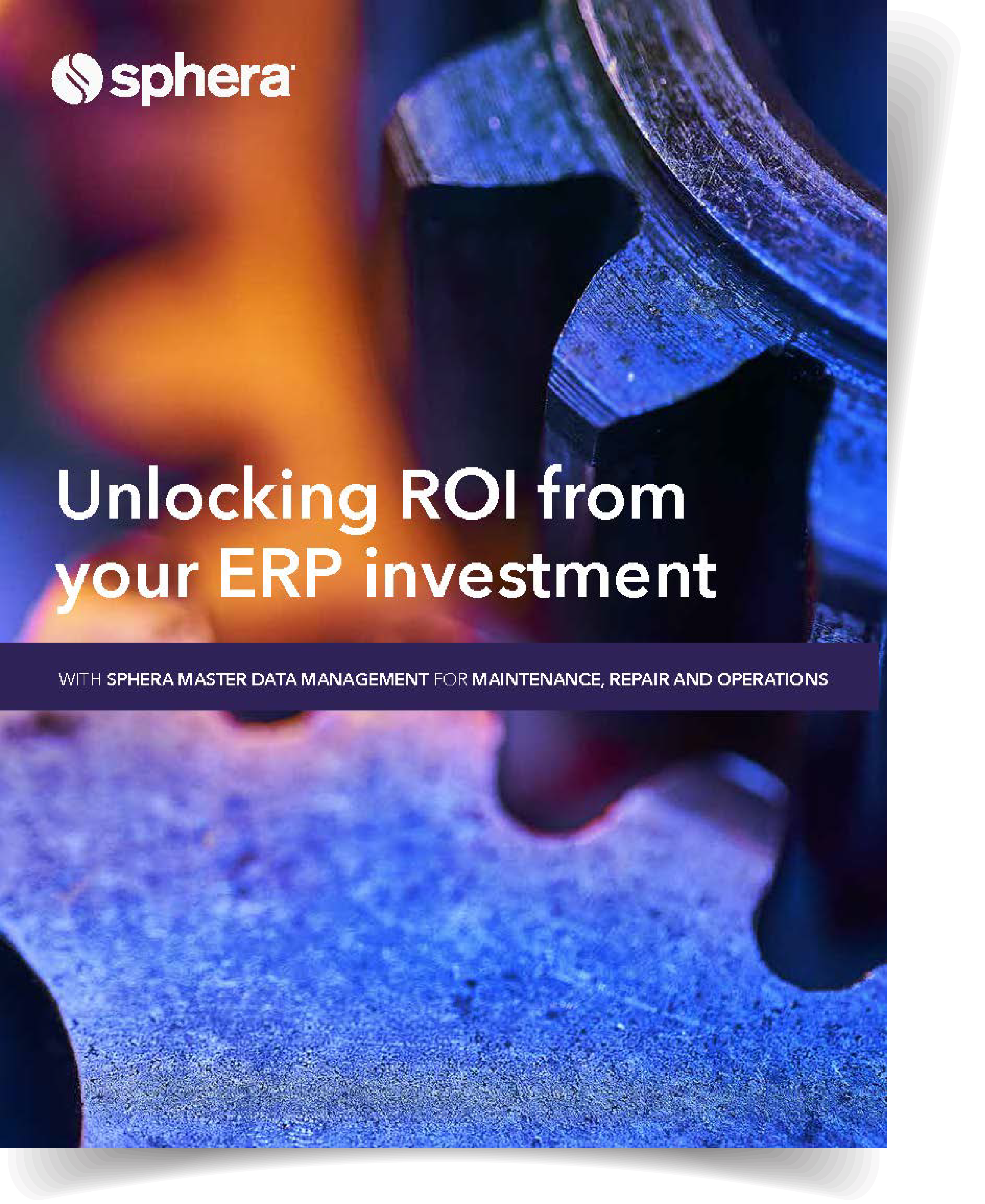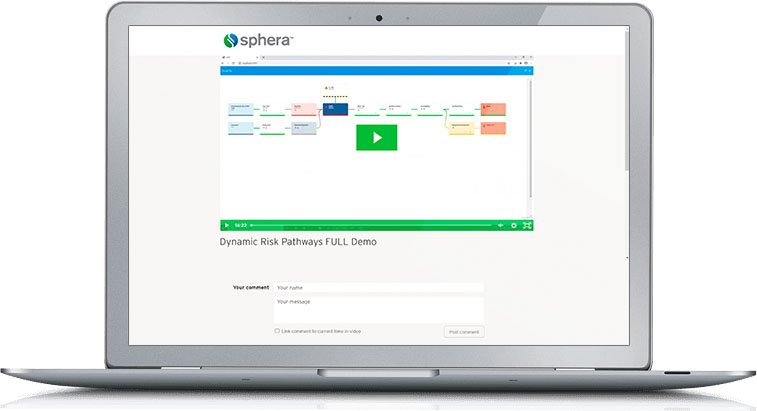The safety data sheet (SDS) is an important element of hazard communication. Given that many countries have adopted the U.N. Globally Harmonized System of Classification and Labelling of Chemicals (GHS) format, companies must now be aware of more specific requirements for SDSs that apply within their jurisdictions.
Section 1 of the SDS includes identification information such as the product name, contact information, emergency phone number and recommended uses for the product. Completing this section seems simple on the surface, but it can be more complicated due to the many country-specific requirements that companies must comply with.
And there are several consequences for noncompliance. For example, a company’s products may be stopped at the border of a country if the SDS isn’t compliant with the local regulations. This can lead to costly delays and lost revenue for the company. Auditors may also flag a company’s SDSs as noncompliant if they don’t contain all the necessary information.
Modifying SDSs for compliance with the various requirements under the GHS can be a time-consuming exercise, and companies should ensure they’re up to speed on the different SDS regulations of the countries they sell products to.
In this blog, we’re going to cover the main requirements for SDS Section 1, how they vary from country to country and how to comply with them.
Product Identifier Requirements for SDS Section 1
For the product identifier, all countries that adopt the GHS* format agree to disclose the product name as used on the label. Compared to the requirements for the means of identification and the relevant identified uses of the substance or mixture, fulfilling the product identifier requirements for SDS Section 1 can be more complicated. There are a number of product identifier requirements specific to certain countries or regions that companies should be aware of, as demonstrated by the examples below.
- The EU requires the identification number for substance products, including:
-
- The Chemical Abstracts Service (CAS) number.
- The Enzyme Commission (EC) number.
- The Index number.
- The Registration, Evaluation, Authorisation and Restriction of Chemicals (REACH) regulation registration number for registered substances.
- The unique formula identifier (UFI) for unpackaged hazardous** mixture products.
- China requires companies to list the product name in Chinese script on the label.
- Like the EU, the U.K. requires the REACH registration number for registered substances.
To fulfill the product identifier requirements for SDS Section 1, companies should ensure their SDSs are compliant with any additional requirements that are specific to the country they’re selling to.

Requirements for Supplier Details and Emergency Contact Information in SDS Section 1
Determining which supplier detail requirements a company will need to fulfill for SDS Section 1 depends on what role the company is playing in the supply chain. According to the GHS, the supplier is the legal entity responsible for the SDS. The supplier can be the product’s manufacturer, the distributor or the importer. The supplier is usually the manufacturer, or the importer if the product is manufactured outside the country.
If a company is not the importer of the product, then the company will need to ensure that the importer will modify or create its own SDS and provide its contact details in Section 1. And depending on the company’s specific role within the supply chain, they may need to provide a local address in accordance with certain country-specific requirements.
Additionally, some countries that have adopted the GHS format have their own specific requirements for supplier details in SDS Section 1:
- Countries such as Australia, New Zealand, Canada, Chile, South Korea, Taiwan and the U.S. require the name, full address and phone number(s) of the local supplier. Brazil, Mexico, Malaysia, Indonesia and Thailand do not require local contact information for Section 1 of the SDS.
- In the EU, the supplier is considered to be the manufacturer, importer, downstream user or distributor placing the product on the market and must be in one of its member states. Additionally, the EU regulation states, “Where an only representative has been appointed, details of the non-Union manufacturer or formulator may also be provided.”
Like the requirements for suppliers, there may be different requirements for the emergency contact information in certain countries for SDS Section 1. These include:
- Australia, Chile and South Korea, which require a local emergency phone number. This requirement is not specified for countries such as Canada, Brazil, Mexico, Indonesia and Taiwan.
- China, where the situation is more complex. A local emergency phone number is not required on the SDS but is mandatory on the label.
While these requirements don’t seem difficult to fulfill at first glance, it can be challenging to determine the various local regulations of the country a company is selling to or importing a product from. Additionally, depending on the company’s role in the supply chain, the requirements can vary.
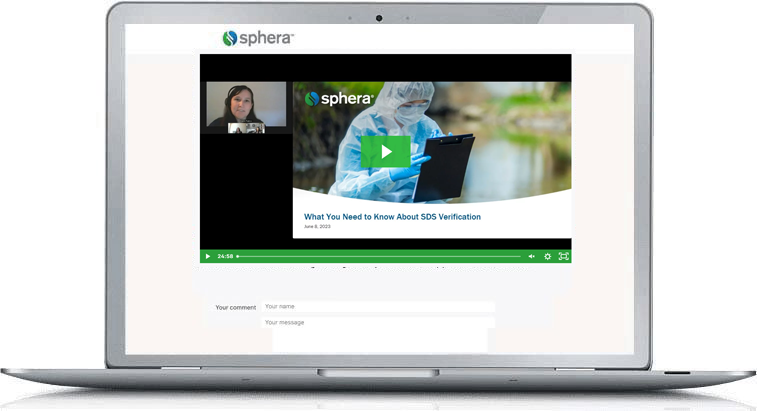
Complying with SDS Section 1 Requirements
While the U.N. GHS is a global regulation, there is a litany of local requirements companies need to be aware of when preparing their SDSs. SDS Section 1 requirements, which may seem simple to fulfill on the surface, can be complicated due to the various country-specific regulations that exist. And more country-specific regulations are bound to take effect as more countries around the world adopt the GHS format.
To make things more complicated, these country-specific requirements may not be clearly stated, and a letter of interpretation or guidance documents will have to be consulted to make sense of them. Companies can work with experts who can help identify which requirements must be fulfilled on the SDS and what information must be provided for the SDS to be compliant with local regulations.
—————————————————————————————————————————
* Countries that have implemented the GHS format
** Classified for health and physical hazards

